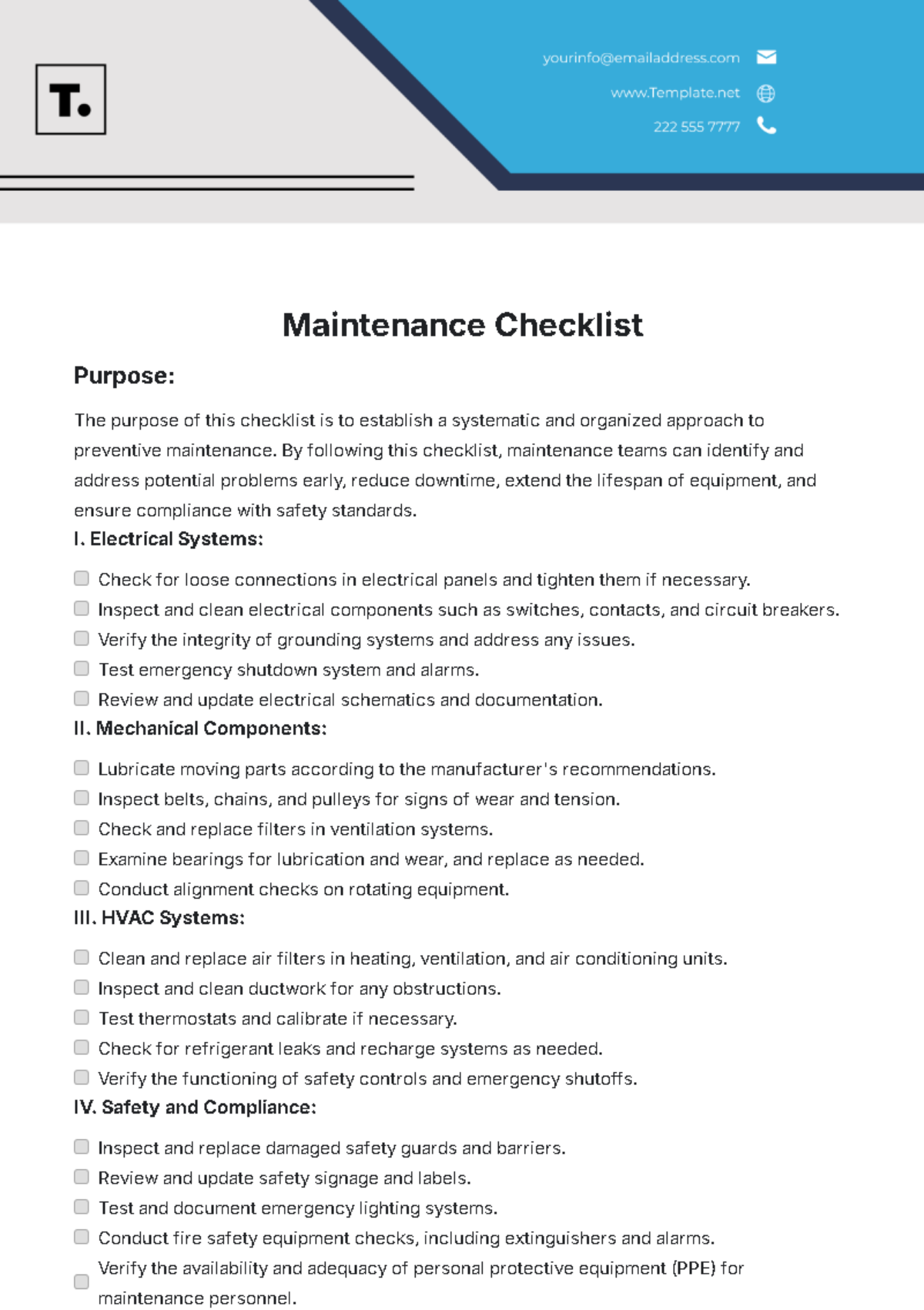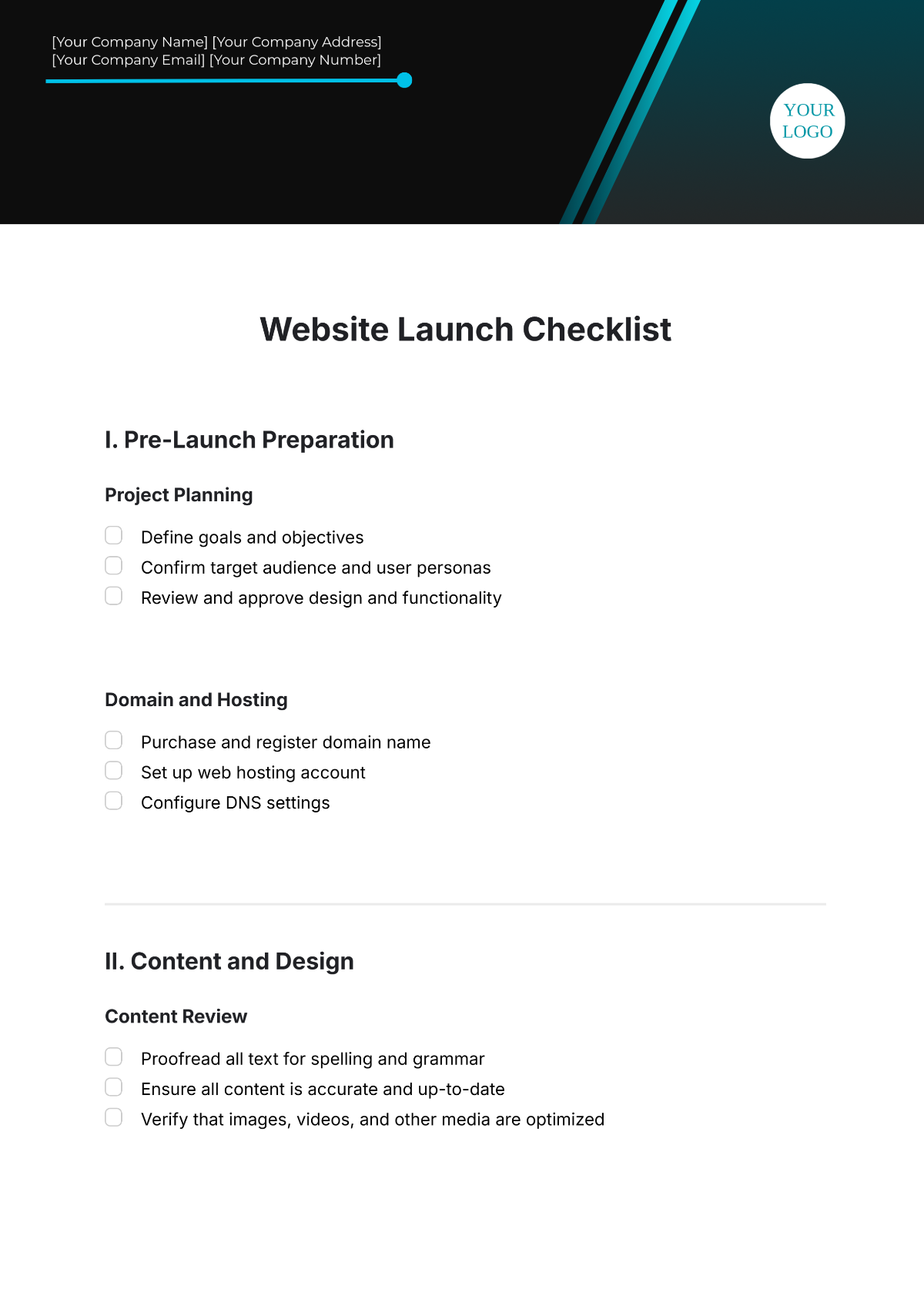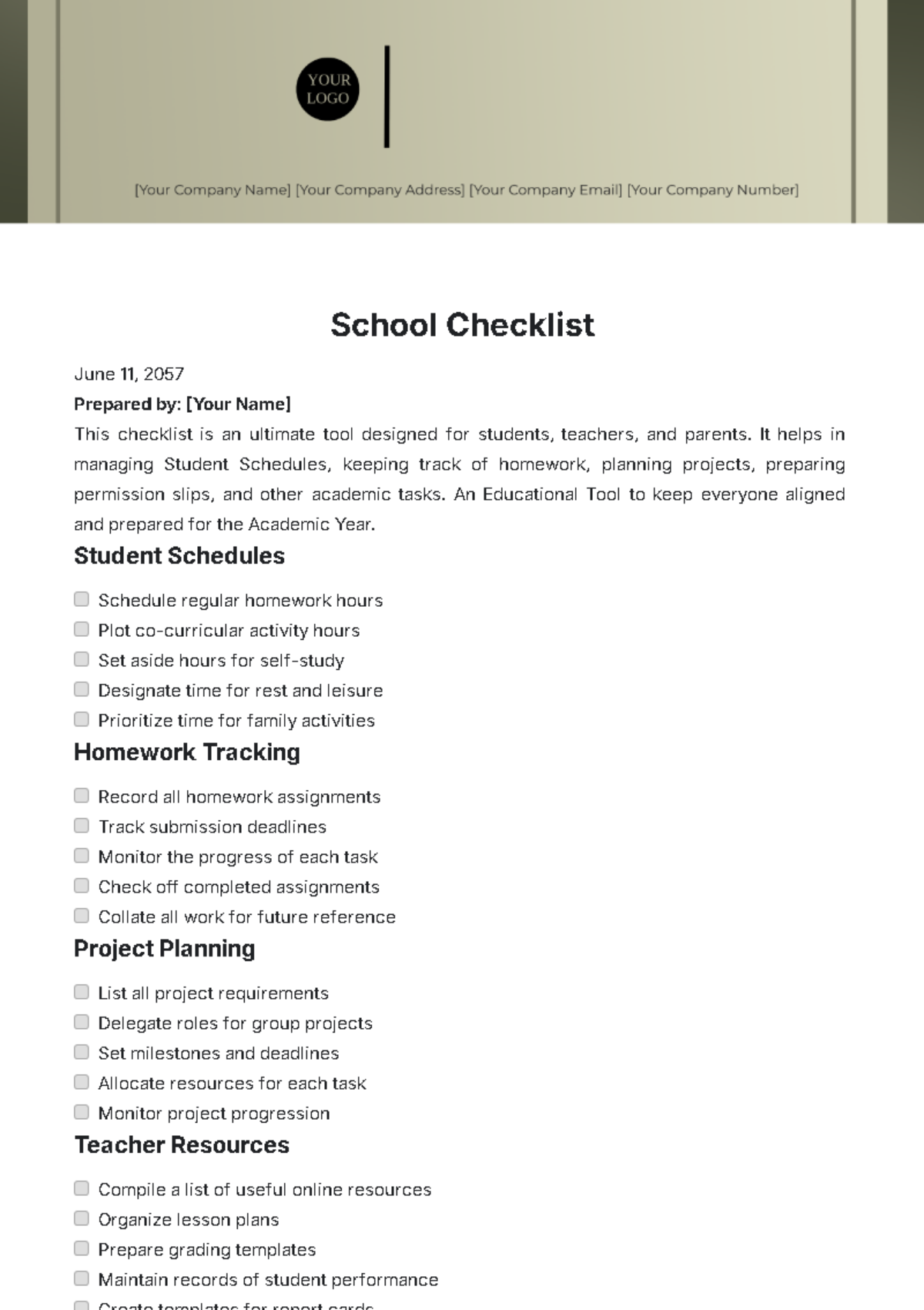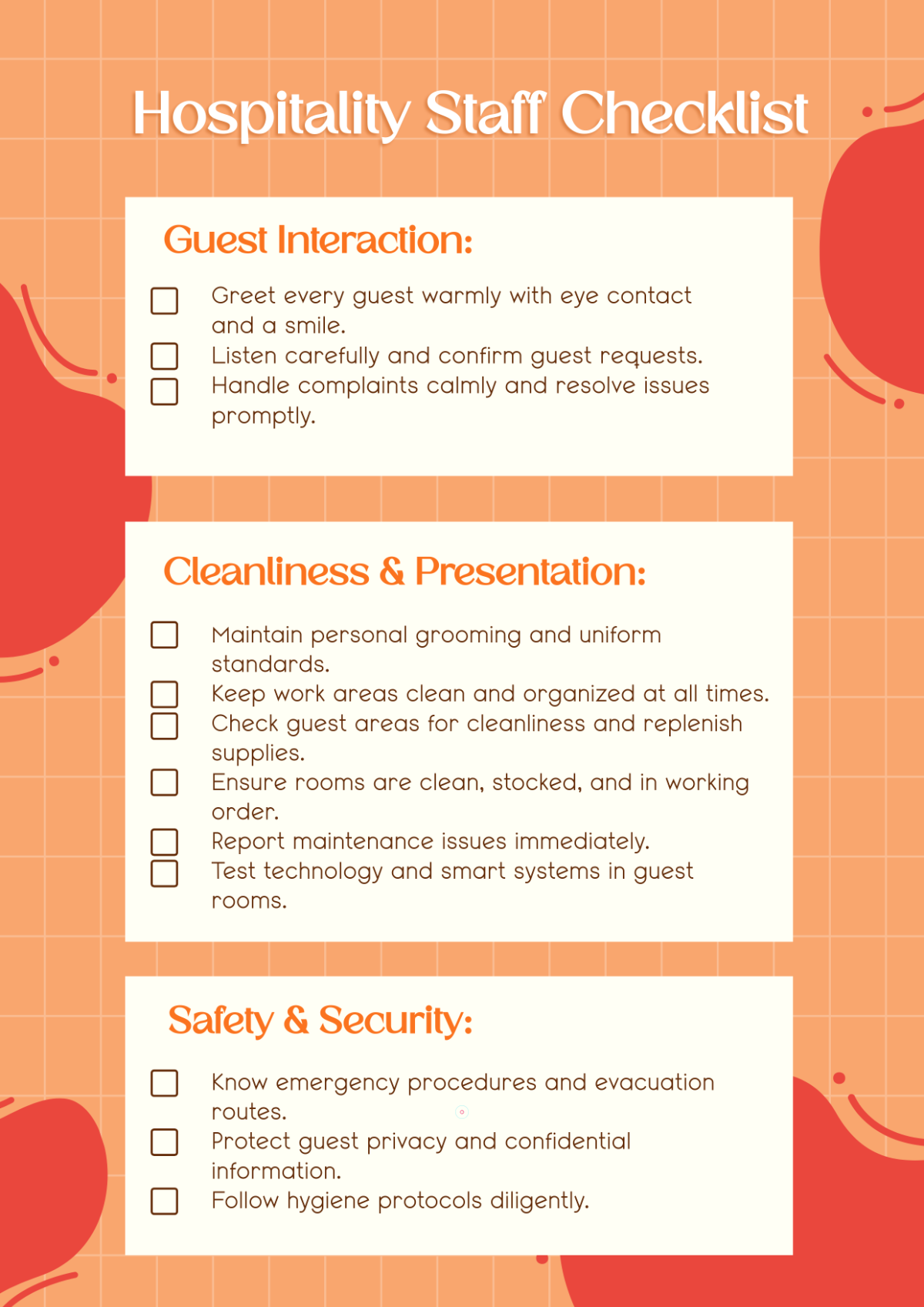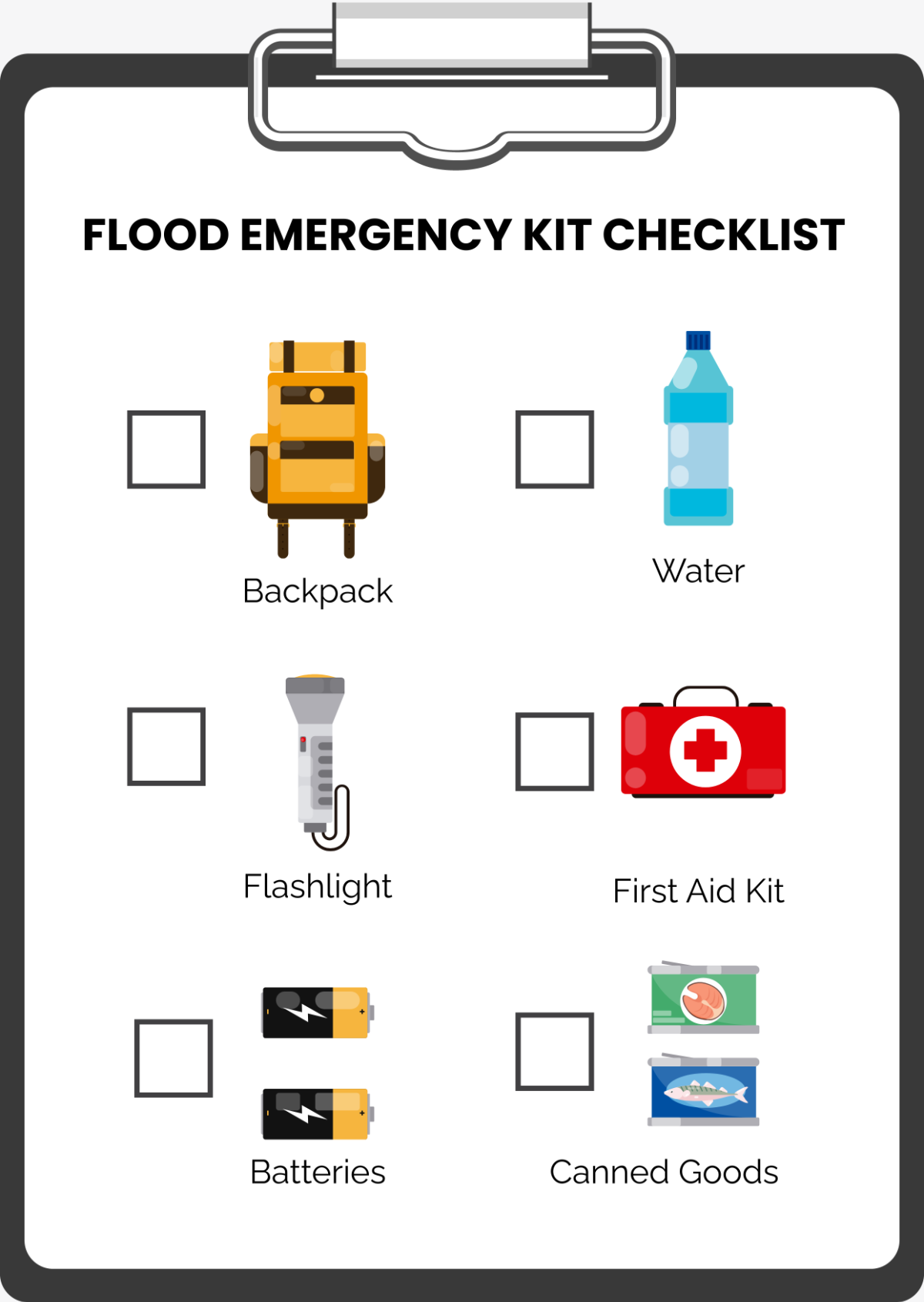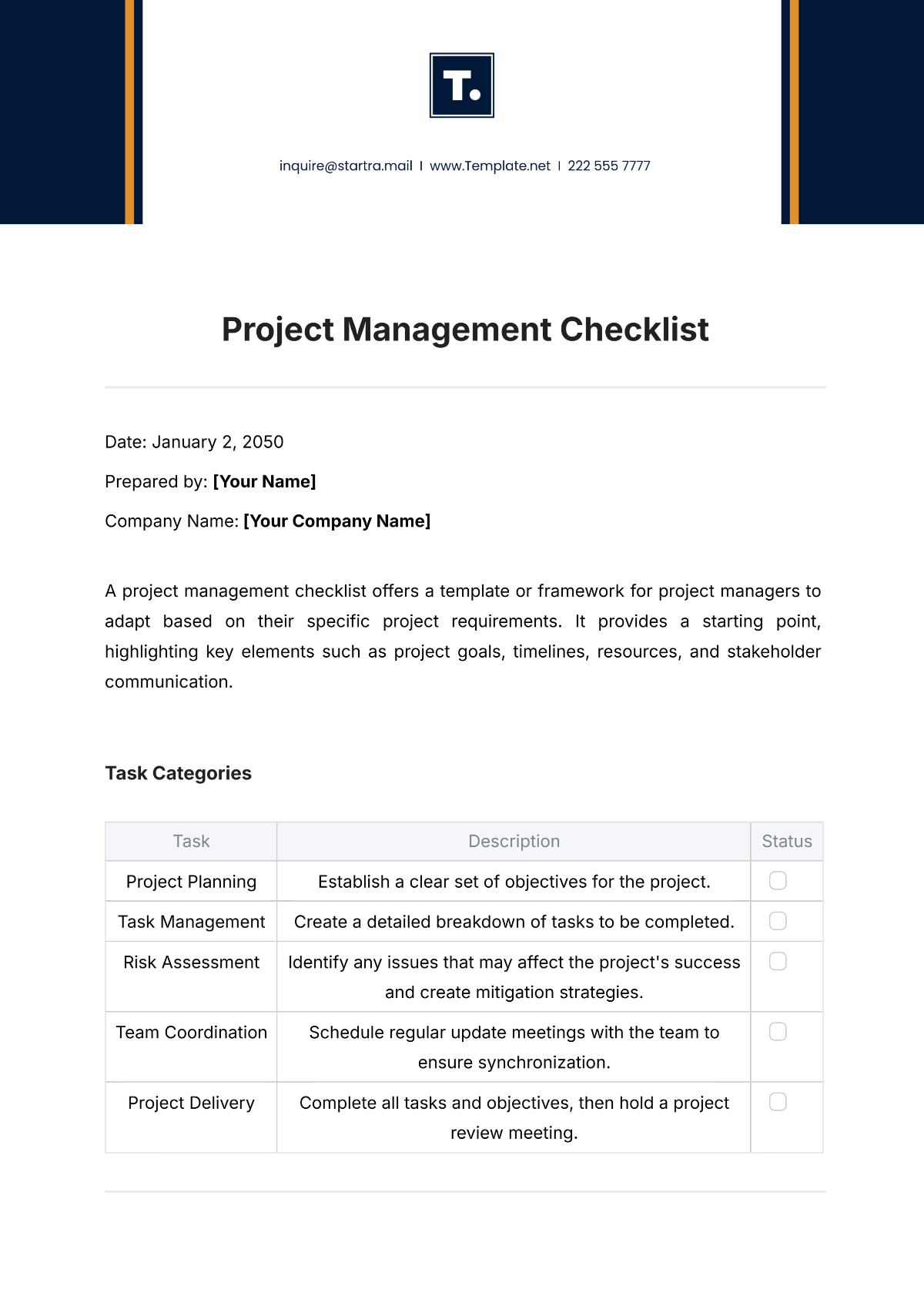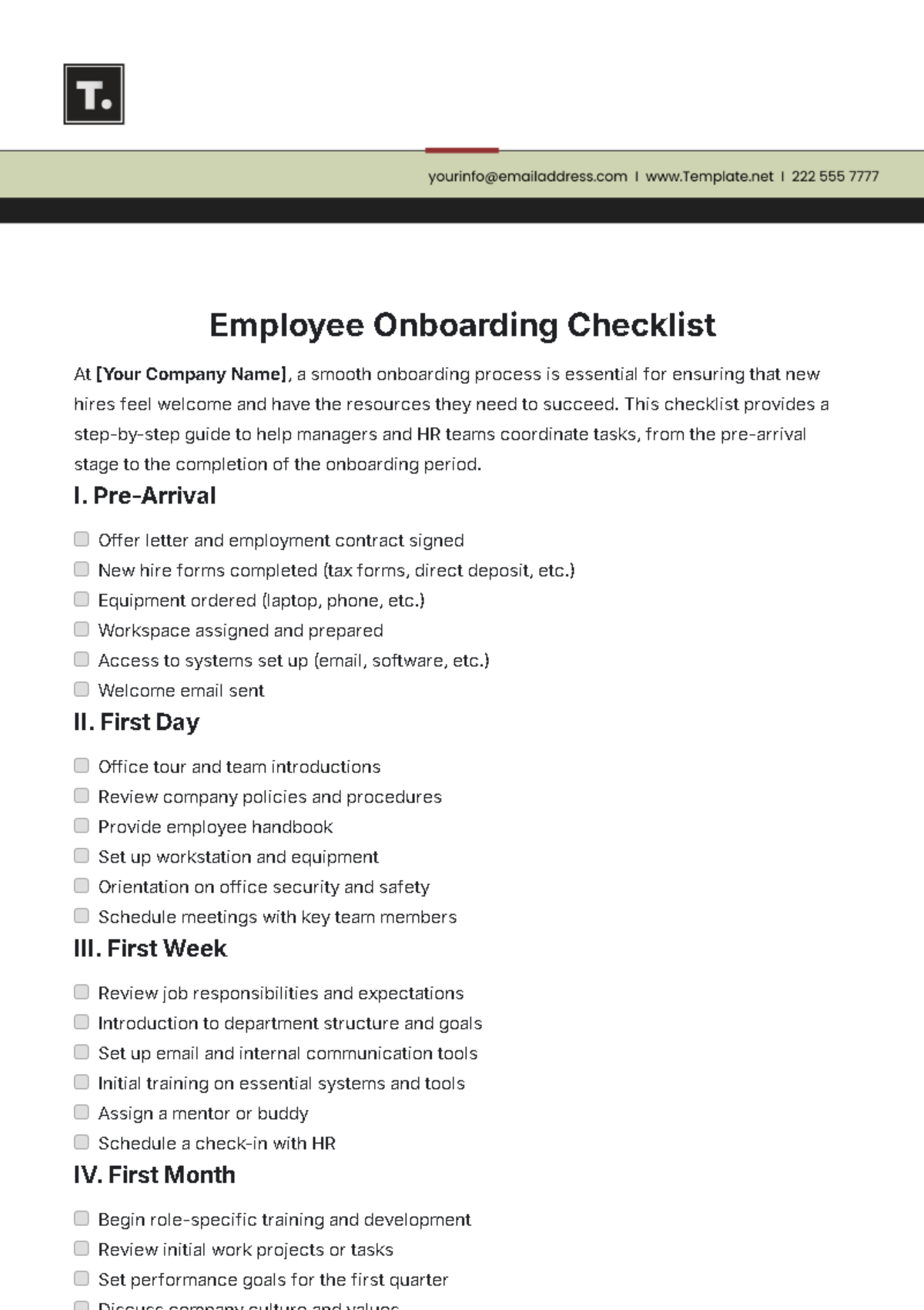Content Analysis Checklist
Prepared By: [Your Name]
1. Introduction
The Content Analysis Checklist is an essential tool designed to assess and enhance the effectiveness, quality, and relevance of written content. It helps identify strengths, weaknesses, and areas for improvement, ensuring that the content meets its intended purpose. This checklist is divided into sections, each focusing on key aspects of content analysis.
2. Content Structure
2.1 Headings and Subheadings
Are the headings and subheadings clear and relevant?
Do they follow a logical and hierarchical structure (H1, H2, H3, etc.)?
Are the headings and subheadings properly formatted to reflect their level of importance?
2.2 Paragraphs and Sentences
Are paragraphs well-organized, each focusing on a single idea or topic?
Are sentences clear, concise, and easy to understand?
Is there a good variety of sentence structures to maintain reader interest and flow?
3. Content Quality
3.1 Relevance
Evaluate the relevance of the content to the target audience, ensuring it aligns with their needs and interests. For each criterion below, assess with "Yes" or "No":
Criteria | Assessment |
|---|---|
Relevant to the target audience | |
Addresses the audience's needs | |
Meets the content’s purpose |
3.2 Accuracy
Verify the accuracy of the information provided:
Is the information factually correct and up-to-date?
Are sources cited properly and are they reliable?
Are any statistical data or figures current and accurate?
4. Engagement
4.1 Readability
Assess the readability of the content using tools like the Flesch-Kincaid readability test:
Is the language appropriate for the target audience's reading level?
Are technical terms and jargon explained clearly?
Is the text free of overly complex phrases or language that could impede understanding?
4.2 Interactivity
Evaluate the engagement level of the content. For each interactive element, indicate its presence with "Yes" or "No," and rate its effectiveness on a scale of 1-5:
Element | Present | Effectiveness |
|---|---|---|
Interactive elements (quizzes, polls, etc.) | ||
Multimedia (images, videos, etc.) | ||
Call-to-Action (CTA) |
5. Search Engine Optimization (SEO)
5.1 Keywords
Analyze the use of keywords for SEO purposes:
Are both primary and secondary keywords included?
Is keyword density maintained within optimal limits?
Are keywords naturally integrated into the content without disrupting flow?
5.2 Meta Tags
Check the presence and quality of meta tags:
Is there a relevant and compelling meta title?
Is the meta description descriptive and aligned with the content?
Are meta tags formatted correctly and do they meet SEO best practices?
6. Formatting and Style
6.1 Consistency
Ensure consistency in formatting and style throughout the content:
Are fonts and font sizes consistent across the content?
Are formatting elements (bold, italics, etc.) used consistently and appropriately?
Is the writing style consistent, maintaining the same tone and voice?
6.2 Visual Elements
Evaluate the use and effectiveness of visual elements. Rate the effectiveness of each element on a scale of 1-5:
Element | Effectiveness |
|---|---|
Images | |
Graphs/Charts | |
Infographics |
7. Conclusion
The Content Analysis Checklist offers a comprehensive framework for evaluating the various aspects of content creation. By ensuring that content is well-structured, high-quality, engaging, optimized for search engines, and visually appealing, this checklist supports continuous improvement in content creation and delivery. Regular use of this checklist can lead to more effective and impactful content that resonates with the target audience.







